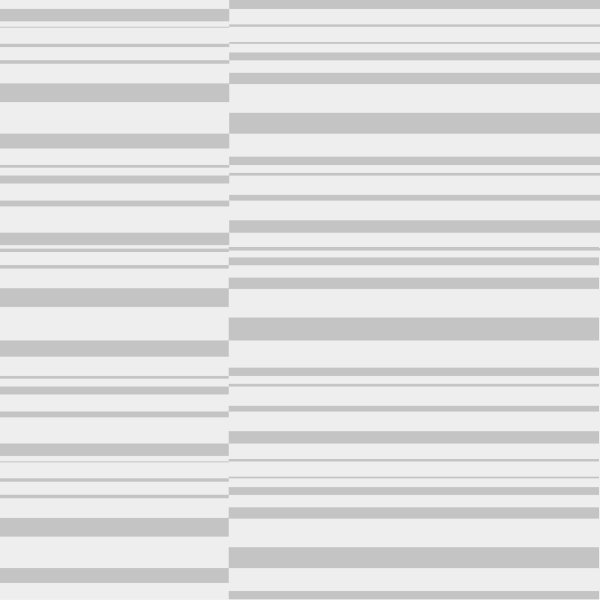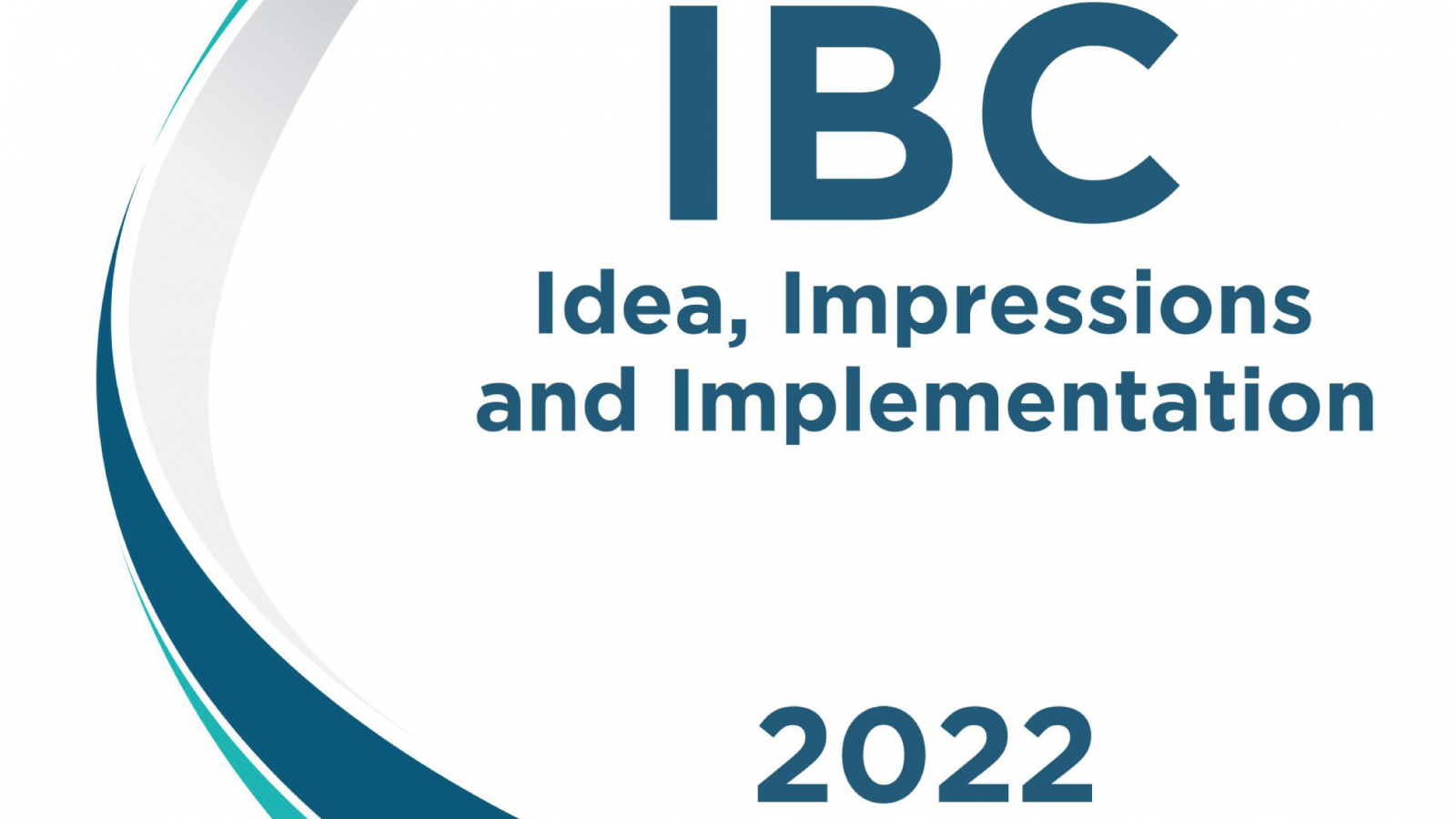
Private Control with Public Money: How Far Can We Go?
An evaluation of the viability of introducing shares with differential voting rights (DVRs) in India.
Summary: The Response Paper makes a case against permitting DVR structures in India and recommends safeguards that must be considered in the event that they are permitted.
In India, listed entities are prohibited from issuing equity shares with superior rights as to voting or dividend. The security markets regulator, the Securities and Exchange Board of India (SEBI), recently came out with the consultation paper, after an Advisory Committee submitted a report recommending the use of differential voting rights (DVRs) as a mode of capital raising in listed companies. Vidhi’s response paper is based on review of recent academic literature and an assessment of the peculiarities of India’s capital markets. The paper has cited research that shows that over time, the potential advantages of dual class stock structures (as DVRs are known internationally) tend to recede, and the potential costs tend to rise. This holds true for even those DVR structures which are accompanied by appropriate protective mechanisms.
According to Vidhi’s response paper, DVR structures can be particularly problematic in markets with concentrated ownership patterns, as is the case in India. More specifically, such structures might encourage founders to take risks more aggressively (with lesser accountability) as the economic consequences of their decisions will be disproportionately borne by the public shareholders. In the event that the SEBI decides to permit the issuance of DVRs for listed entities in India, we propose that they be permitted in limited sectors where the founders’ vision and involvement is critical in the lead up to the company’s initial public offering and immediately thereafter, subject to a mandatory sunset provision of one year after which their superior voting rights should fall away. We hope that our response paper further stirs the existing debate around DVRs in India.




